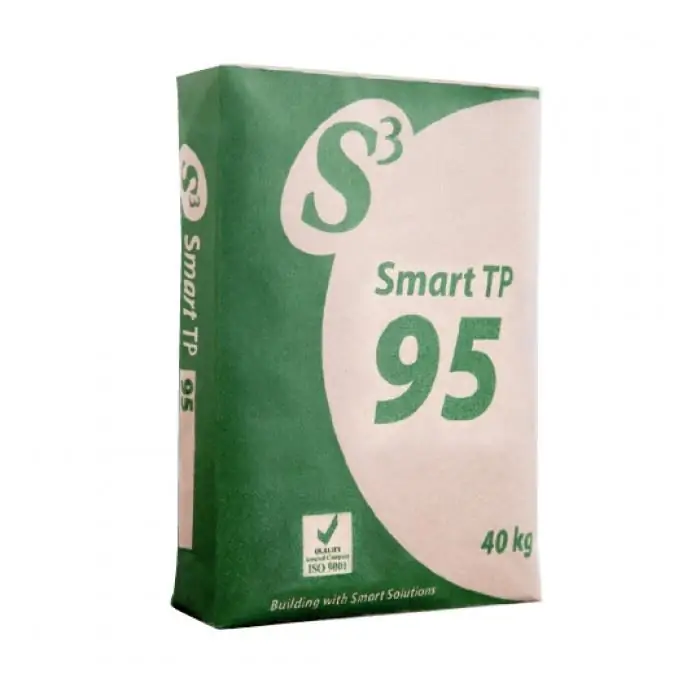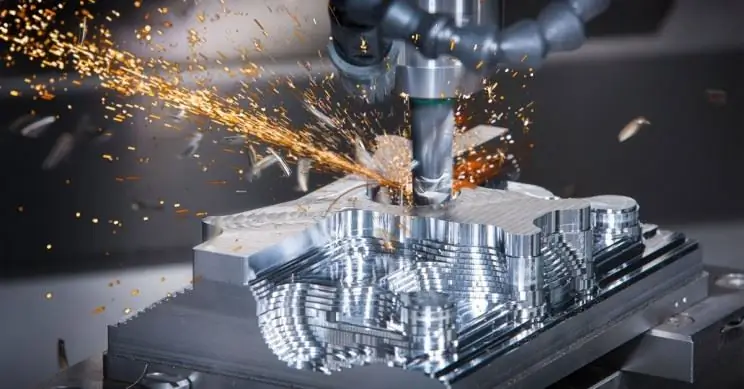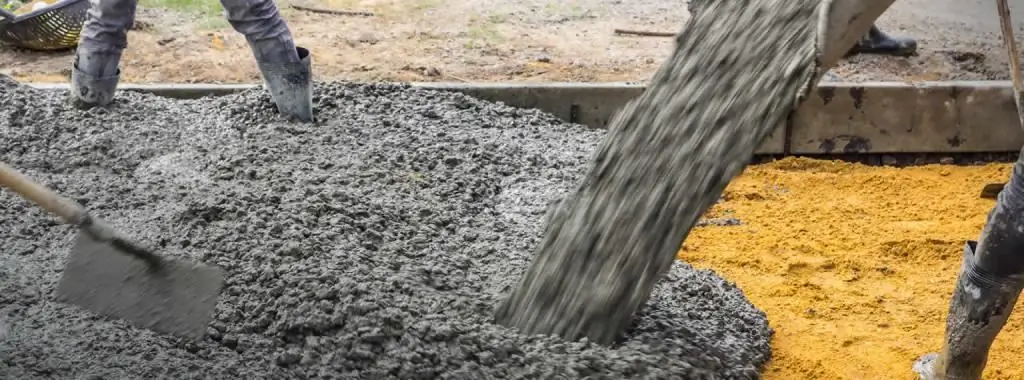2025 Author: Howard Calhoun | [email protected]. Last modified: 2025-01-24 13:10:49
Titanium bar is a solid type profile with a round shape. It is made not only from titanium, but also from alloys of this substance. It should be noted that this type of product is one of the most popular among titanium products.
Raw materials for production
In order to produce titanium rods, an alloy such as VT1-0 is used. It belongs to technical materials, and other alloys are also prepared on its basis, for example, VT6, VT16, etc.
The main difference between such rolled metal is that it is characterized by very high strength. At the same time, the material itself is considered very light, there is a high resistance to corrosion. In addition, there is resistance to various aggressive environments. Another significant difference between titanium rods and others is that they have heat resistance and very low density. These two characteristics are at the highest level.
For example, the raw material is not affected by the enormous pressure of sea water, and also it cannot be affected by hot gas of ultra-high temperatures. Above allamong other things, an oxide film is formed on the surface of titanium bars, which performs protective functions.

Product parameters
One of the most pleasant properties of this material is that it is not affected by low temperatures or, conversely, very high ones. This statement is true both for static temperatures and for differences. Thanks to this, titanium rods can be used in a variety of climatic conditions. In addition, it is worth noting that titanium products have a good weldability index, and also lend themselves well to machining.
The uniqueness of the rods made from this raw material has led to the fact that they are very widely used in the aircraft industry, shipbuilding, and also in the engineering industry. Titanium bars are characterized by such parameters as:
- diameter has a wide range (from 5mm to 180mm);
- product length;
- performance accuracy can be normal, as well as increased type;
- may differ and brands that are used for production;
- manufacturing method and processing method may also differ.

Bar alloy BT6
This brand is alloyed and one of the most common as a raw material for production. Bars with this marking can be used in structures of increased importance, which will experience increased stress. One of the most important characteristics in this case is the weight of the titanium bar, whichis the lowest possible, as well as high strength. The alloying operation is carried out with maximum precision, which allows you to get the best balance between two parameters such as strength and ductility. This makes it much easier to process the material, and, in addition, greatly expands the area of \u200b\u200buse of circles. When alloying, chemicals such as aluminum and vanadium are used. The first element is designed to increase strength and increase resistance to temperatures, the second element plays an important role in creating the necessary plasticity of the material.
GOST of titanium rods regulates the complete chemical composition of the substance. State document number 19807.

Alloy VT1-0
This brand is also considered very common, and the amount of impurities is minimal. Bars from such alloys are used, mainly where the weight of the structure and its resistance to aggressive environments are most important, but strength is relegated to the background. The main difference between this type of technical titanium alloy and others is that it has the highest ductility, since there are no modifying fusions. This has also led to many ways to process circles.

Physical indicators of titanium
The element "titanium" has atomic number 22, and it is in the secondary subgroup of the 4th group, in the 4th period in the periodic table. One of the main properties of this metal is its highrefractoriness. The melting point of the raw material is 1668 °C. According to this indicator, it is inferior only to a few other substances, for example, tantalum or tungsten. Another feature is that it is paramagnetic. This means that matter cannot be magnetized while in a magnetic environment, but neither will it be pushed out of it.
The density of the raw material is 4.5 g/cm3, while its strength reaches 140 kg/mm2. One of the distinguishing features of titanium is that these properties practically do not change their numerical values when exposed to high temperatures. If we talk about the weight of the material, then it weighs about 1.5 times more than aluminum (2.7 g/cm3), but just as much less than ordinary iron (7, 8 g/cm3). However, if we compare the mechanical properties of these three elements, then such titanium will surpass them many times over.

Chemical properties and applications
The element "titanium" was discovered in the 18th century by an English chemist. Since then, this substance has been thoroughly studied. It is known that in its pure form this element is chemically active. A protective film will form on the surface of any titanium product, which greatly enhances corrosion resistance. Oxidation of this substance does not occur under the influence of factors such as air, sea water. Titanium is able to maintain its state and performance, even in fairly aggressive chemical environments. Ignition of metal is possible in an openair only if the temperature is 1200 °C or more. Here it is worth adding that at elevated temperatures, an active interaction of the element with various kinds of reagents is observed. Titanium rods are also great for welding.
As for the areas of application of products from such high-quality raw materials, it can be the construction of rocket and space technology. In addition to the above areas of use, titanium products are considered one of the best semi-finished products that can be used for further manufacturing of heating equipment, all due to their heat resistance.
Recommended:
Coating steel with titanium nitride. Powder technology

To cover materials in our time, a whole range of different technologies is used. There are vacuum coating technologies, electron-proton radiation, high-temperature synthesis and many others. In the modern world, "gilded" decorative ornaments and products are becoming more and more popular
Diesel fuel: GOST 305-82. Characteristics of diesel fuel according to GOST

GOST 305-82 is outdated and replaced, but the new document, which came into force at the beginning of 2015, did not change the requirements for diesel fuel for high-speed engines so noticeably. Maybe someday such fuel will be banned for use altogether, but today it is still used both in power plants and on diesel locomotives, heavy military equipment and trucks, the fleet of which has been preserved since the days of the Soviet Union due to its versatility and cheapness
Polymer cement mortar: composition, technical characteristics, compliance with GOST requirements, purpose and application

Polymer cement mortar is one of the modifications of conventional sand-cement mortar. Polymers can also be added to mixtures that are used when laying plaster and other facing materials. The addition of this substance to the composition helps to improve its characteristics
Titanium carbide: production, composition, purpose, properties and applications

Titanium carbide: the history of the discovery of this compound, chemical and physical and mechanical properties. Description of how to obtain it. Part coating, carbide steel fabrication and other titanium carbide applications
Concrete mix: properties, composition, types, grades of concrete, characteristics, compliance with GOST standards and application

Among the main properties of the concrete mixture, which is also called hydrotechnical concrete, it is necessary to highlight the increased water resistance. Buildings are being built from this material to be used in swampy areas or in regions that are prone to flooding

